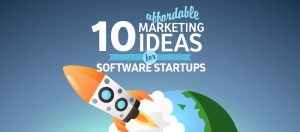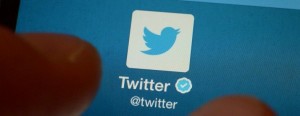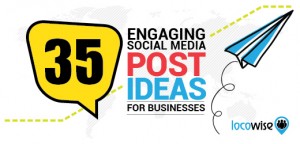 Redesigning business through design thinking
Redesigning business through design thinking
With innovation dominating the competitive drive of 21st-century organizations, the pyramidal command-and-control model is no longer effective. In our July 28 article, we looked at how thought leaders are moving toward an integrated network structure (a “team of teams”). Design thinking, which Jon Kolko proclaims has come of age in his latest Harvard Business Review piece, represents the mindset shift that makes this structure possible.
The complexity of modern technology and business practices deeply impacts the workforce, particularly as it grows more blended and nuanced. MSPs have already developed the nimble “teams of teams” that clients need. Not only do MSPs inherently facilitate an integrated network approach to talent management, they also exemplify design-centric ideals. We’re witnessing this more and more as MSPs transition from their 2.0 to 3.0 states. “Program managers are moving beyond the procurement or HR mindset into a new realm that is both futurist and operational,” Staffing Industry Analysts’ Bryan Pena observes.
Rigid structures can no longer accommodate the elaborate interactions that need to occur between rising numbers of technologies, stakeholders and talent categories in a given workplace. Those enterprises willing to collaborate with MSPs to adopt a design thinking approach may find themselves better positioned to respond quickly to changing business dynamics while building cultures that thrive.
The origins of design thinking
Around 1969, Herbert A. Simon published his book The Sciences of the Artificial, which laid the groundwork for the concept of design thinking. This aesthetic and creative way of shaping a designer’s cognitive abilities to the application of the design process was retooled in the early 1990s as a new business philosophy, mostly related to the design engineering aspects of the booming tech industry. Instead of relying on the analytical approach of the scientific method — a deconstructive means for breaking down and resolving problems — design thinking encourages synthesis. It’s solutions-based and solution-focused.
Unlike analytical thinking, design thinking seeks to identify a goal, such as a sustainable future outcome, rather than an issue that needs fixing. It builds on ideas, diverse perspectives and brainstorming. It’s chaos-tolerant and supportive, intended to solicit input and participation while reducing the fear of failure. And that’s extremely important to the success of today’s business cultures.
The need for design thinking in the modern business environment
To innovate and progress, companies have realized that they need fluidity, diversity, openness and a sense of entrepreneurialism that infuses all the talent in the organization — not just the executives responsible for developing the corporate vision. In short, creative mavericks and risk takers are essential throughout the rank-and-file. However, as author Kathryn Schulz writes in her book Being Wrong, society is instead creating a generation of people who are terrified to fail.
“In our collective imagination, error is associated not just with shame and stupidity but also with ignorance, indolence, psychopathology, and moral degeneracy.” The horror of not being perfect, combined with “modern modes of parenting and schooling obsessed with narrow versions of academic and career success” are making youth utterly risk-averse.
This is where design thinking shines. Not only does it work to simplify the increasingly complex interactions people must have with technology, intricate processes, and non-traditional employment structures — it does so through principles that emphasize empathy, prototyping and tolerance for failure. Harvard Business Review believes it’s “the best tool we have for creating those kinds of interactions and developing a responsive, flexible organizational culture.”
The design-centric business model
“There’s a shift under way in large organizations, one that puts design much closer to the center of the enterprise,” Kolko writes. “But the shift isn’t about aesthetics. It’s about applying the principles of design to the way people work.” At its core, design thinking promotes four tenets:
- The human rule — all design activity is ultimately social in nature.
- The ambiguity rule — design thinkers must preserve ambiguity.
- The redesign rule — all design is redesign.
- The tangibility rule — making ideas tangible facilitates communication.
Despite the origins of design thinking, its ideals transcend aesthetics and craft. We can apply the fundamental aspects of the philosophy to managing a blended workforce.
- The human rule — MSPs build a talent culture based on empathy, emotional needs, professional aspirations, business objectives and socialized communication. Equally paramount, they create nurturing and risk-tolerant environments where suppliers and talent can share ideas and innovative concepts openly, without facing censure or blame.
- The ambiguity rule — because they’re not delivering a physical product, and because people are diverse, MSPs and their supplier partners understand that individuals don’t conform to absolutes or statistical estimates; they focus on potential, alignment with the mission and hiring or fit, then developing skills.
- The redesign rule — the best MSPs commit themselves to ongoing continuous improvement
initiatives, realizing that workforce programs are dynamic, changing and evolving.
- The tangibility rule — through communications planning, data analysis and advanced reporting tools, MSPs can transform conceptual program qualities like worker or supplier performance into realistic and measurable value.
In the second part of this series, we’ll explore these concepts in more depth to get a better picture of how MSPs and clients can work together to develop an enriching and innovative program through a design-centric approach.
Business & Finance Articles on Business 2 Community
(200)









